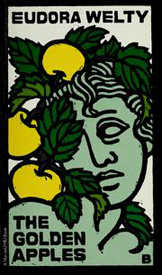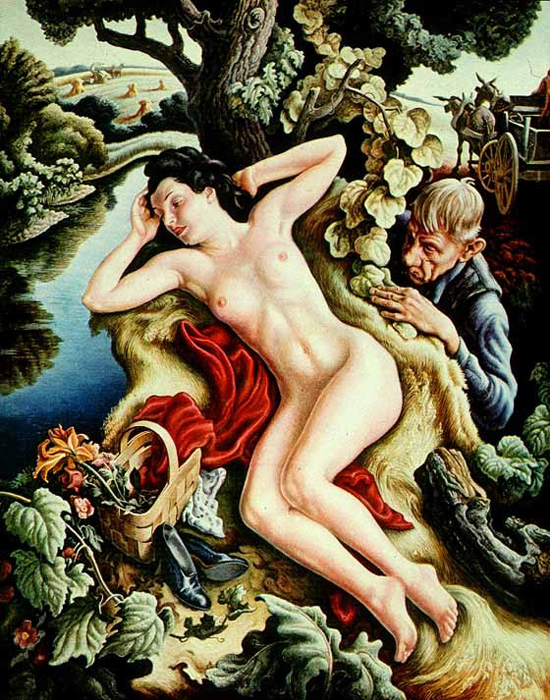Eudora Welty and the 'Odyssey'

Eudora Welty's writing recalls for me the Odyssey in its dreamscapes and its interesting women on the move. Circe herself appears in the short story The Bride of the Innisfallen, written in 1951. Welty rarely makes her mythological references as obvious as this, yet Greek mythology seems to have influenced her writing, notably in the masterpiece The Golden Apples (1949), set in the fictional Mississippi town of Morgana. The evocation of the Old South is as good as it gets.

Three stories appeal to me the most: "June Recital," "Sir Rabbit" and "The Wanderers," the last of which recalls James Joyce's "The Dead" and includes the following elegiac passage about a picture of Perseus and the Medusa on the wall of Miss Eckhart, the piano teacher:
Miss Eckhart, whom Virgie had not, after all, hated – had come near to loving, for she had taken Miss Eckhart’s hate, and then her love, extracted them, the thorn and then the overflow – had hung the picture on the wall herself. She had absorbed the hero and the victim and then, stoutly, could sit down to the piano with all Beethoven ahead of her. With her hate, with her love, and with the small gnawing feelings that ate them, she offered Virgie her Beethoven. She offered, offered, offered – and when Virgie was young, in the strange wisdom of youth that is accepting of more than is given, she had accepted the Beethoven, as with the dragon’s blood. That was the gift that she had touched with her fingers that had drifted out of her.
There is an erotic charge to these stories, so unlike the chilly Faulkner and O'Connor, and I have never agreed with critics who can write lines like "A sense of terror underlies the seemingly uneventful daily life of Morgana" or "Danger lurks behind 'the curtain of green'." Tragedies do occur, of course - absconding husbands, rapes, suicides and early deaths, flattened lives - but the rhythms of nature and life course through the stories like the nearby river and there are those like Virgie Rainey who embrace those rhythms and those memories, even if ultimately it means she leaves Morgana. She is the Odysseus figure here. It was Welty, after all, who chose to call one of her last novels The Optimist's Daughter (1972), for its heroine also leaves small town Mississippi.

Judge for yourself. The painting above - originally titled The Rape of Persephone (1938) by Welty's contemporary Thomas Hart Benton - covers similar ground. It can be viewed pessimistically as prelude to a rape or it can be viewed optimistically, whereby the goddess' sexuality and abandon will defy the viewer, leaving the man frustrated. In the classical myth, Persephone splits the difference between these two viewpoints, with six months in Hades and six months above ground. The painting is now called simply Persephone and it is in the Nelson-Atkins Museum of Art in Kansas City.
The painting - among other things - got Benton fired from his job at The Kansas City Art Institute later that year when it was deemed to be pornography by his enemies.
